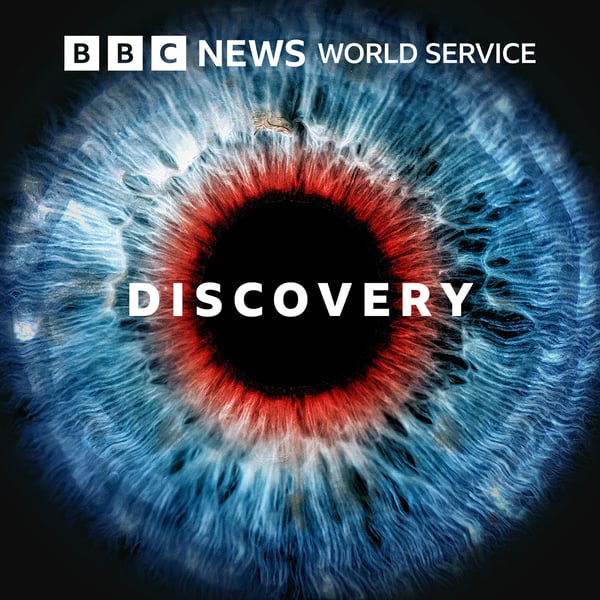Summary
Maria Merian was born in 1647. At the time of her birth, Shakespeare had been dead for 30 years; Galileo had only just stood trial for arguing that the Earth moved around the Sun. And yet, here in Germany, was a child who would become an important but oft-forgotten figure of science.
Aged 13, she mapped out metamorphosis, catching caterpillars from her garden and painting them in exquisite detail. At that point, most believed that caterpillars spontaneously generated from cabbages and maggots materialised from rotten meat. She later voyaged to Suriname in South America to pursue pupae further, discovering not just new species but also the conditions needed for their survival.
Some call her the first field ecologist; others admire her for her eloquent brushwork. However, her studies will help today’s biologists plot which insects lived where. These data are invaluable because this could help scientists predict what species will survive climate change.
Naomi Alderman discusses the life and legacy of Maria Merian with biologist and historian Kay Etheridge from Gettysburg College, Pennsylvania and biologist Kathy Willis from Kew Gardens.
Picture: Belly-ache bush (Jatropha gossypifolia) with metamorphosis of a giant sphinx moth (Cocytius antaeus), created by Maria Sibylla Merian and Joseph Mulder, Credit: GRI Digital Collections
Producer: Graihagh Jackson
Transcript
Click on a timestamp to play from that location
| 0:00.0 | Choosing what to watch night after night the flicking through the endless |
| 0:06.8 | searching is a nightmare we want to help you on our brand new podcast off the |
| 0:11.8 | telly we share what we've been watching |
| 0:14.0 | Cladie Aide. |
| 0:16.0 | Load to games, loads of fun, loads of screaming. |
| 0:19.0 | Lovely. Off the telly with me Joanna Paige. |
| 0:21.0 | And me, Natalie Cassidy, so your evenings can be a little less |
| 0:24.9 | searching and a lot more watching listen on BBC sounds |
| 0:30.9 | You're listening to Discovery on the BBC World Service and I'm Naomi Alderman. |
| 0:37.0 | Today's science story is about the wondrous transformation of caterpillars. |
| 0:46.0 | Where do butterflies come from? |
| 0:49.0 | It's almost impossible to imagine a time when we didn't know the answer. It's one of the earliest |
| 0:54.8 | pieces of science most children learn. But there was a time not so very long ago, |
| 1:02.3 | when no one knew the secret of metamorphosis. |
| 1:05.0 | In fact, there was a lot of doubt about where life came from altogether. |
| 1:10.0 | From Aristotle to the Enlightenment, it was widely accepted that many kinds of living organisms, |
| 1:16.0 | especially maggots, worms and insects, arose by spontaneous generation. |
| 1:22.0 | They just emerged from dust or rotten meat or |
| 1:26.9 | cheese. Old snow gave birth to flies, cabbages yielded caterpillars, and raindrops spawned frogs. |
| 1:36.1 | In the 12th century, it was commonly believed that barnacle geese arose from barnacles, as this piece adapted from the writings of Gerald of Wales shows. |
| 1:46.0 | There are here many birds that are called Barnacles, which in a wonderful way nature unnaturally |
| 1:56.4 | produces. They are like wild geese but smaller. At first they are like pieces of gun on logs of timber washed by the waves. |
... |
Please login to see the full transcript.
Disclaimer: The podcast and artwork embedded on this page are from BBC, and are the property of its owner and not affiliated with or endorsed by Tapesearch.
Generated transcripts are the property of BBC and are distributed freely under the Fair Use doctrine. Transcripts generated by Tapesearch are not guaranteed to be accurate.
Copyright © Tapesearch 2025.

